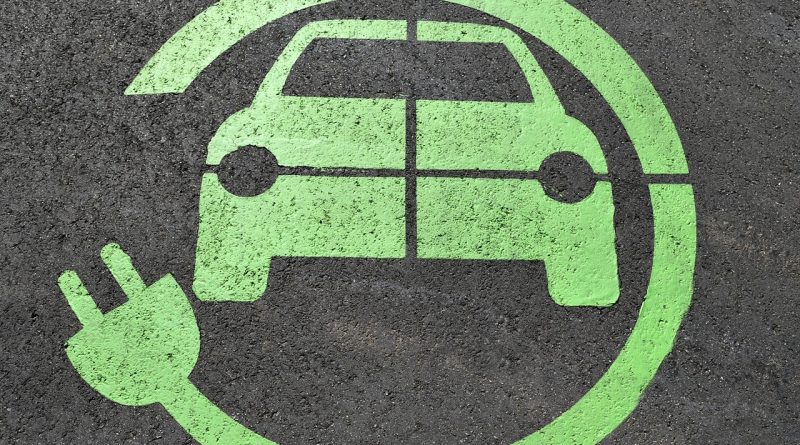Drive better electrically
The same energy source that lights up your living room, amps up your microwave, burns up your toast and executes convicted felons in Alabama is about to fuel up your automobile. Every forward-looking carmaker has either one in their pipeline, in concept or on the drawing board. But the electric car is actually an old idea.
The history of electric vehicles
Funny enough, electric engines have been around since the mid-1800s. Europeans have been getting about via electricity for nearly 200 years. The first American-invented electric engine was developed by a Vermont blacksmith named Thomas Davenport back in 1834. Of course, his battery-powered vehicle was only big enough to transport an undersized lab mouse and could only run until it ran out of track. However, Davenport’s small achievement was foundational in creating the first American electric streetcar systems. Later, the London Underground developed the first electrically fueled underground rail in 1884. But it wasn’t until 1895 that Americans seriously focused on electric vehicles. In that year, A.L. Ryker produced and marketed–of all things–an electric tricycle. By 1897, electric taxi cabs were being manufactured for bustling taxi trade in New York City. It wasn’t long until electric cars were being developed and mass- produced by every major automobile company: Studebaker, Edison, Columbia, Ryker, Baker, Woods and Anderson. Names, most of us have never heard of. Then in 1925, another new concept car had been developedÂ: the hybrid. That’s right, a part gas-powered, part electric-powered vehicle. Sound familiar? However, the Woods cutting-edge hybrid automobile was a bust. It was too slow, too expensive and too hard to service. Hmmm.
By 1912, the average home had been rewired for electricity. With that, infrastructure was no longer a problem. These new-fangled electric cars started to take off. In fact, the electric car had the lion’s share of the automotive market. These electrified autos were far easier to operate than those complicated gas-powered vehicles that came equipped with a very intimidating gear shifter and an odd assortment of pedals. The electric motors were quieter than the rattling roar of that hellish internal combustion engine. And they didn’t leave your clothes reeking of gasoline. All in all, very civilized.
Then, suddenly the brutish gas-powered car simply left its electric cousin in the dust.
What happened? Texas struck oil.Â
Back with a vengeance
But the quiet, civilized electric car is back en vogue. Nissan has its Leaf due out in 2010. General Motors has its all-electric Volt also in production. And America’s cities are gearing up for this not-so-new technology. Recently, Mayor Bill White announced a plug-in hybrid program with as many as 10 charging stations around his large metropolitan city. The city? Houston, Texas. Oil town. Ironic, huh?
Oddly enough, electric cars bode well for the hometown of Mobil, Shell and Chevron oil. They will help the Texas natural gas industry, which provides much of the state’s electricity. And wind power, another booming Texas energy source, may become much more popular for those needing to charge their vehicles overnight.
Just think! You plug in your hairdryer, your coffee maker and your electric toothbrush. Pretty soon, you may be plugging in your car. Just like your great grand-dad used to do.


